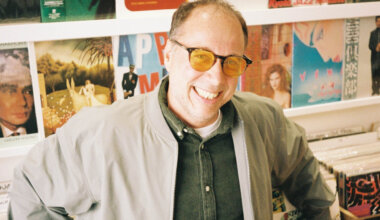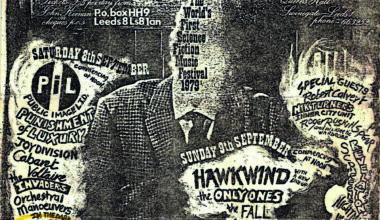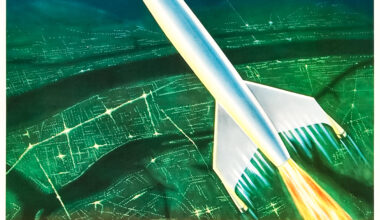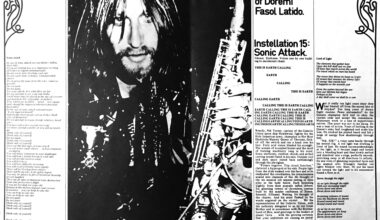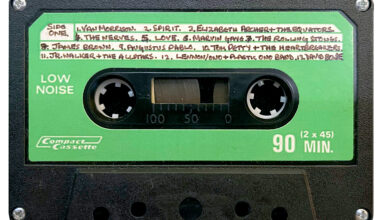With a penchant for cover versions, Laibach have subverted the likes of Queen, ‘The Sound Of Music’ and Bach, but their take on The Beatles’ ‘Let It Be’ scaled new heights. Co-producer Bertrand Burgalat recalls the fun and games
Want to read more?
Sign up to Electronic Sound Premium to gain access to every post, video, special offers, and more. 100%, all you can eat, no commitment, cancel any time.
Already a premium member? Log in here
